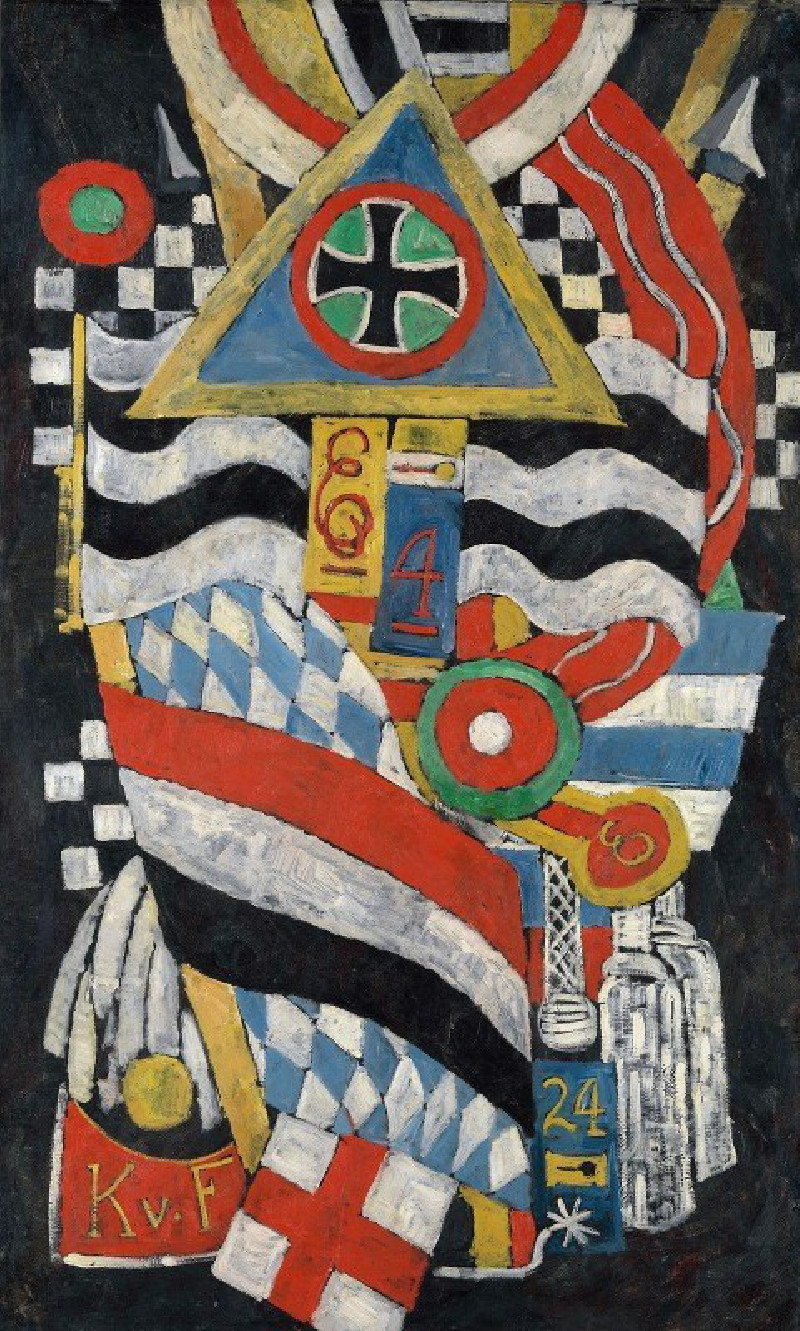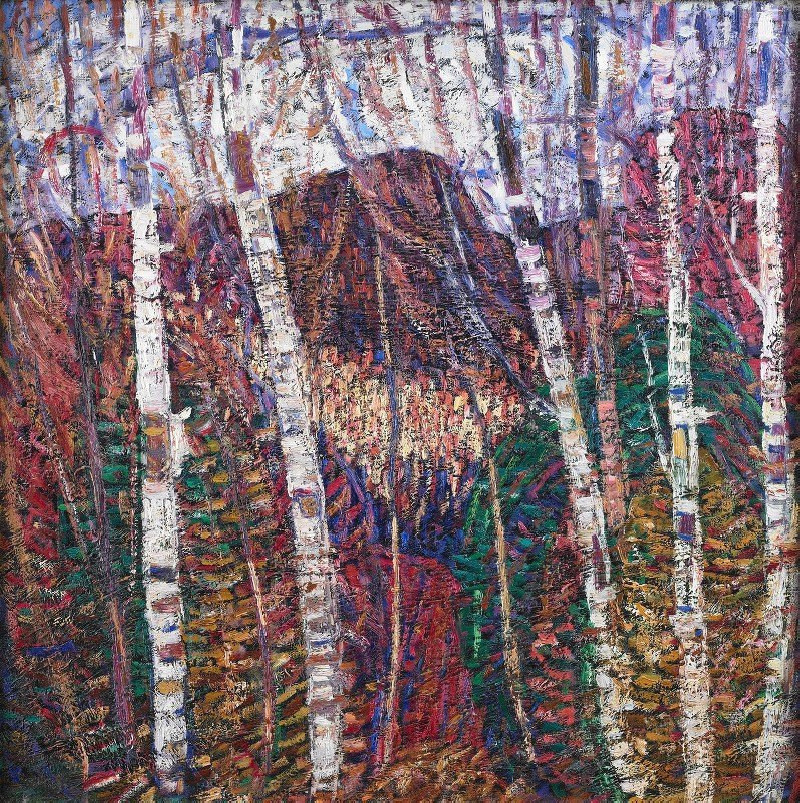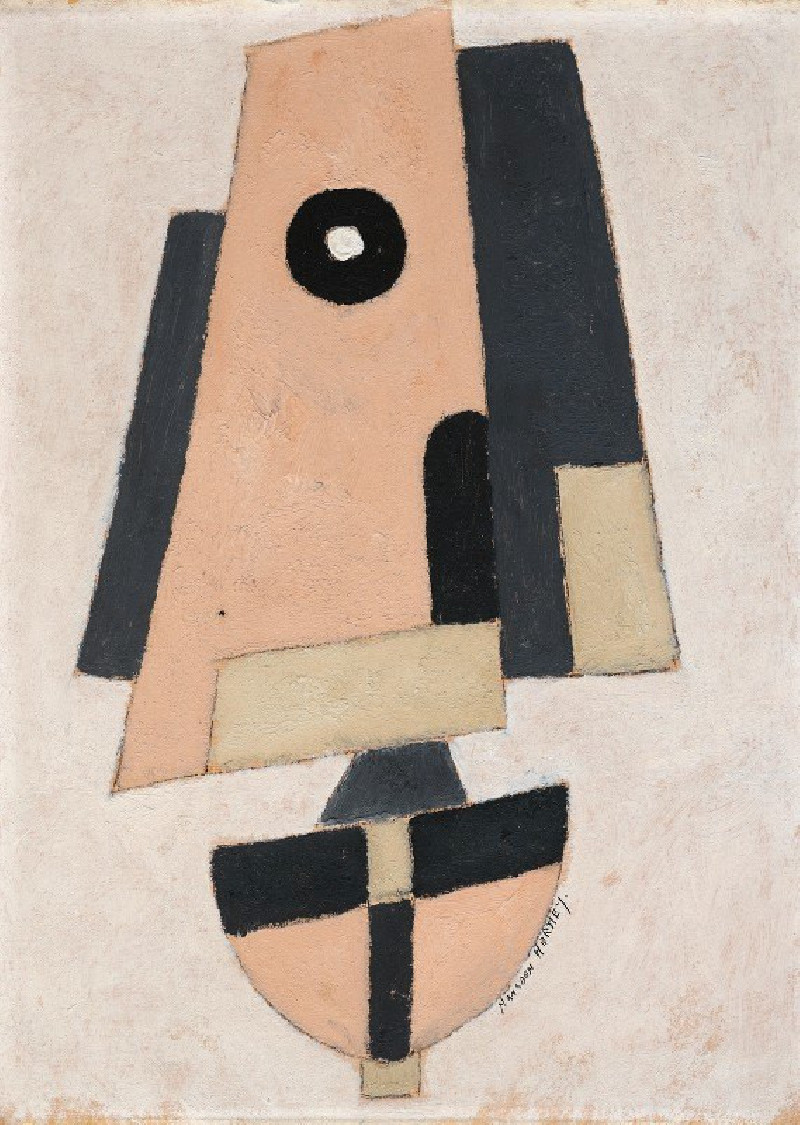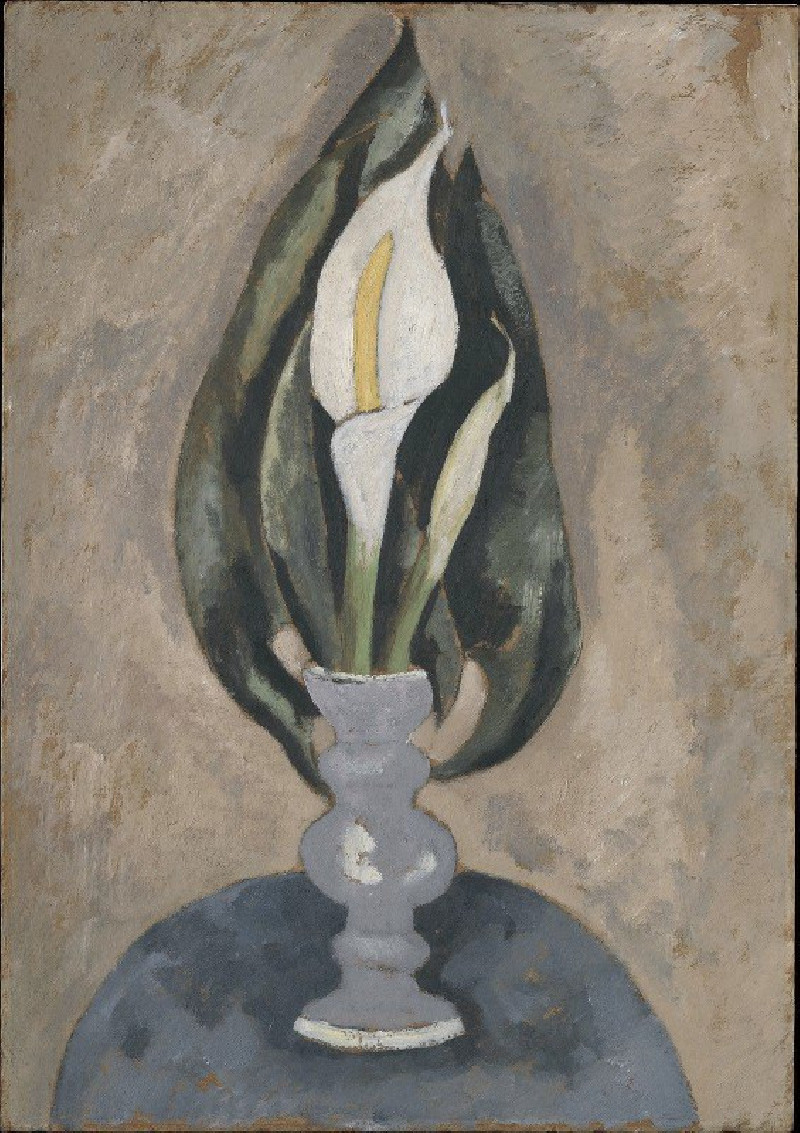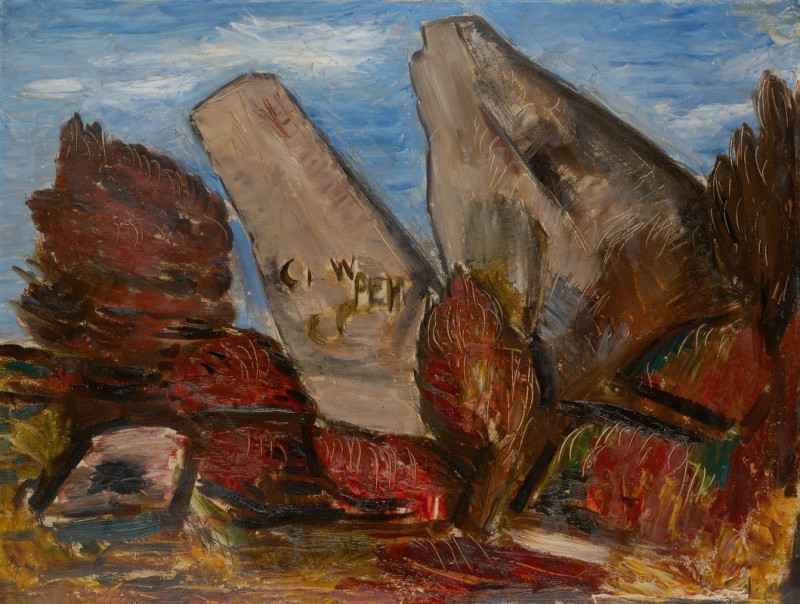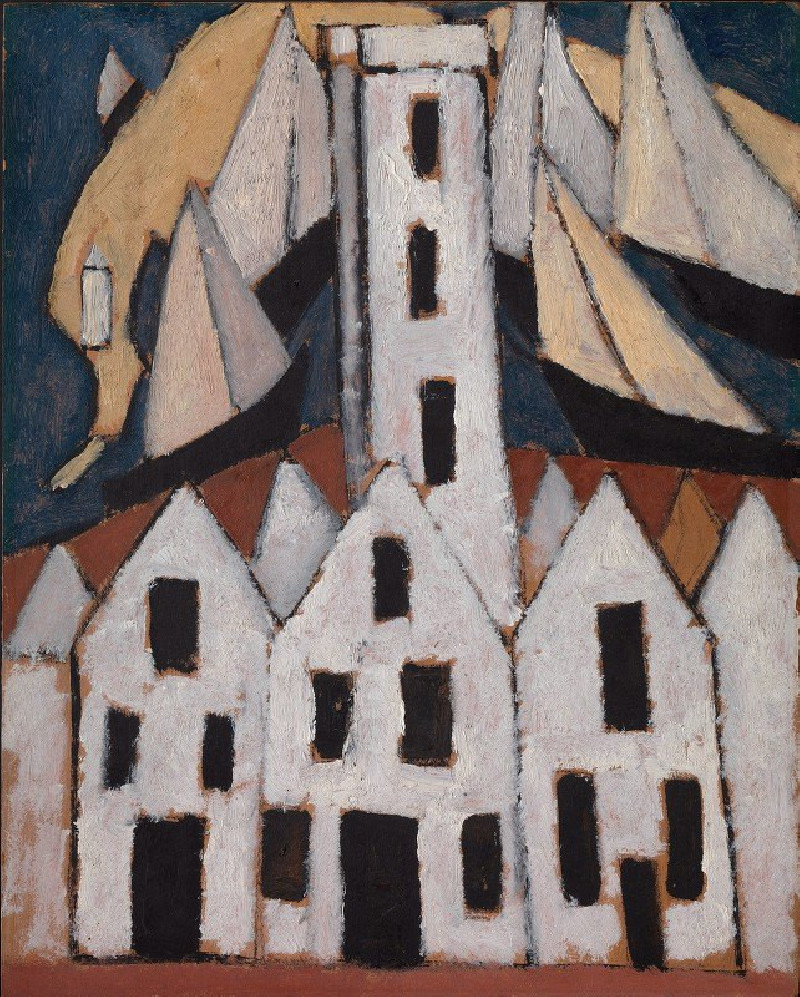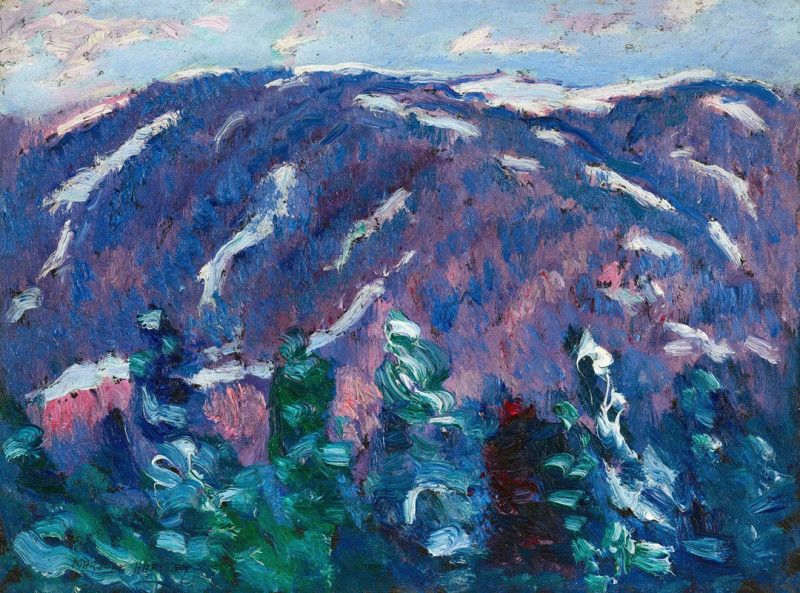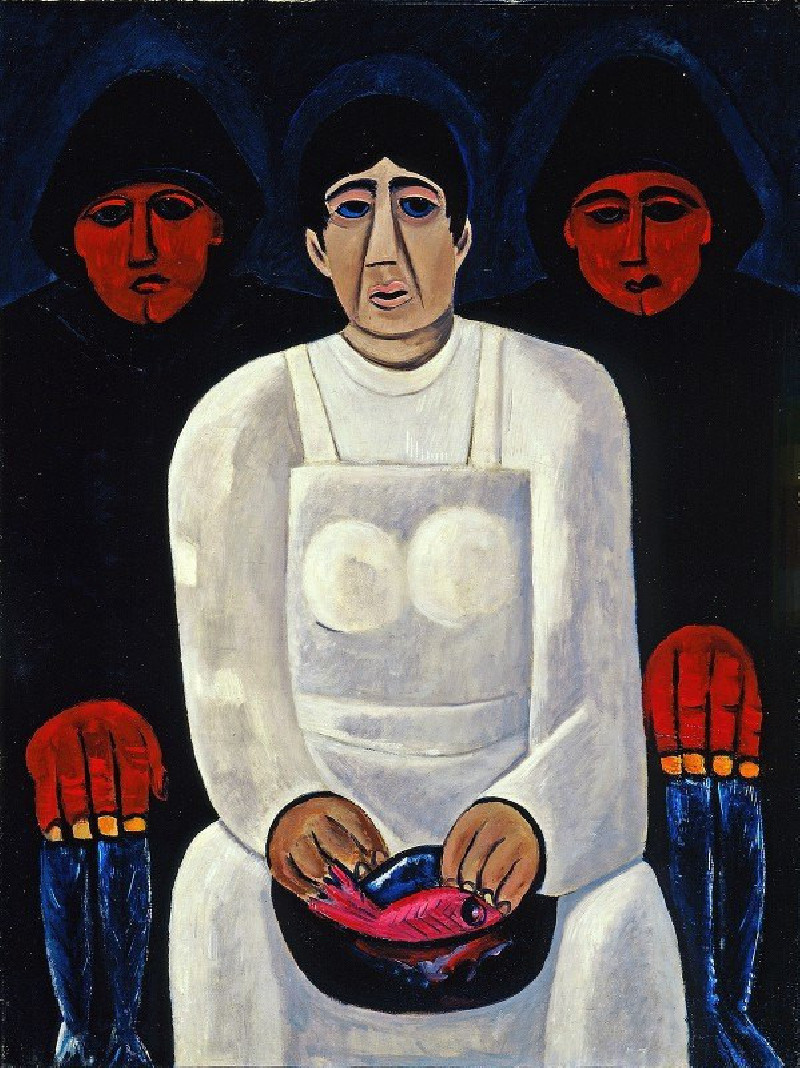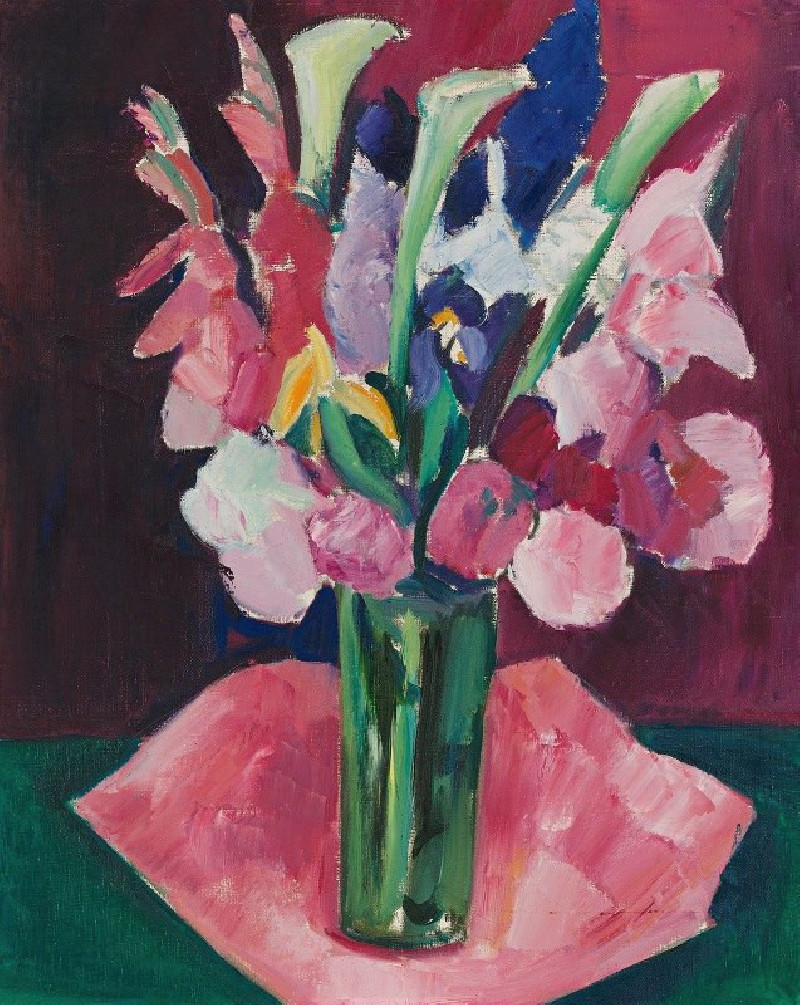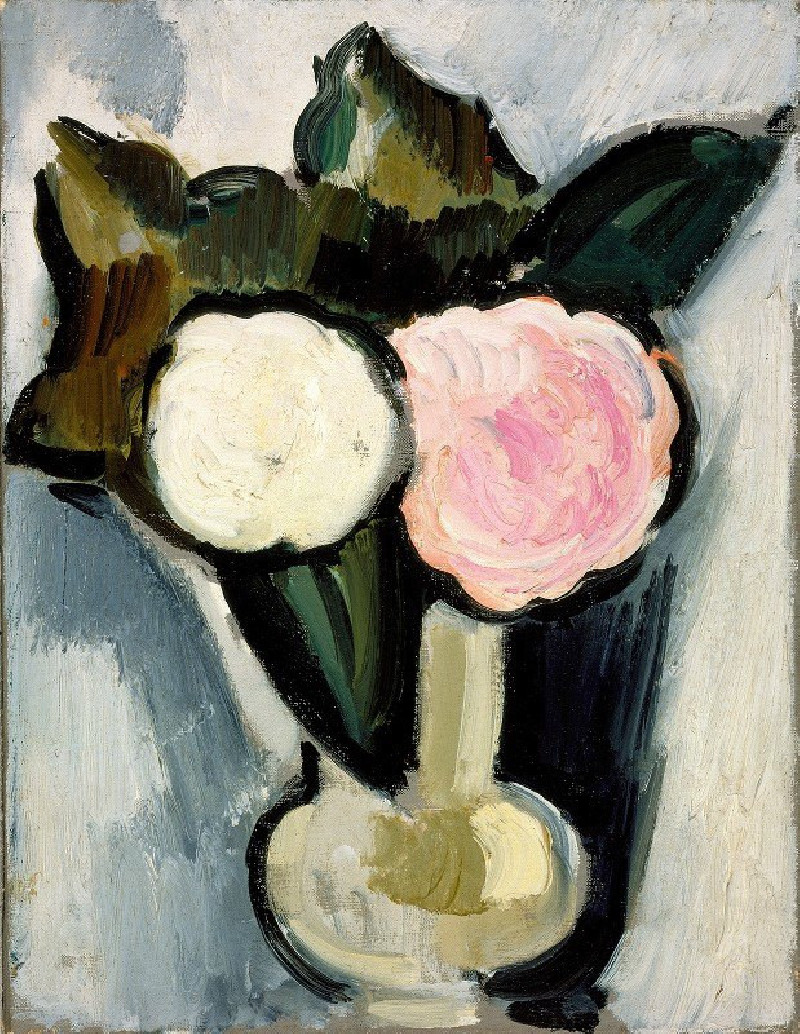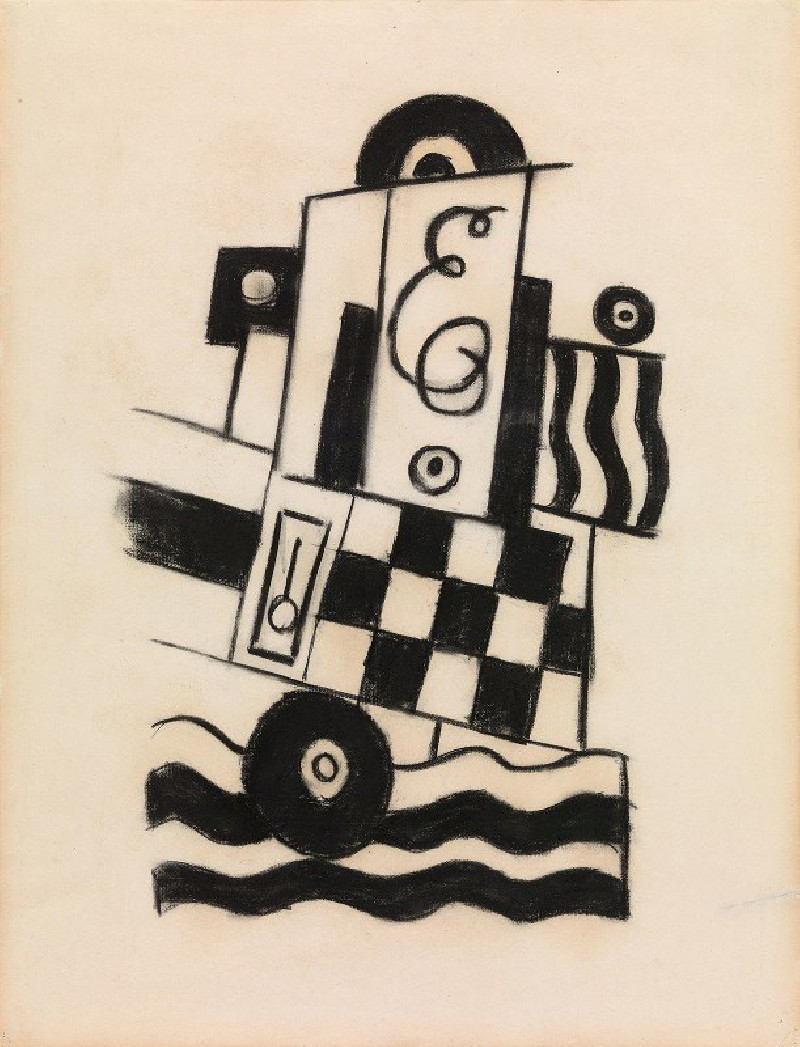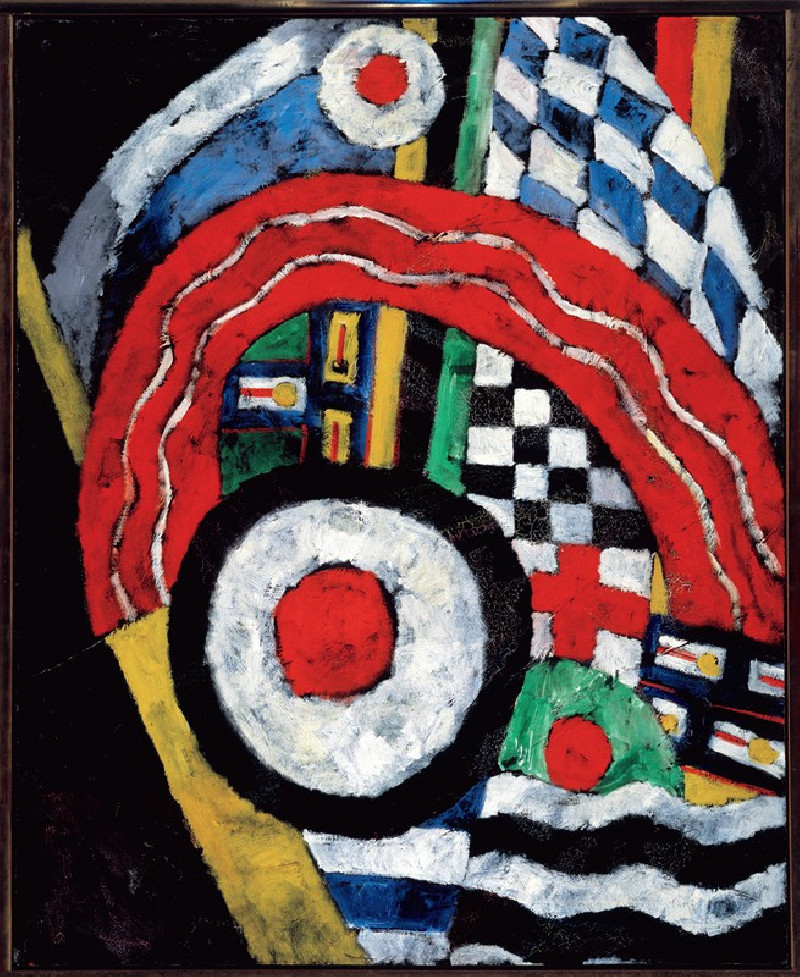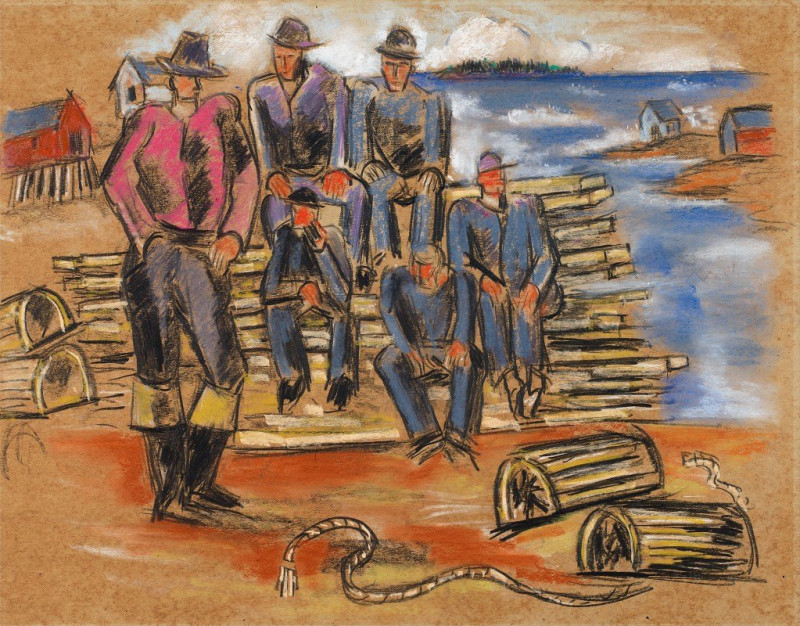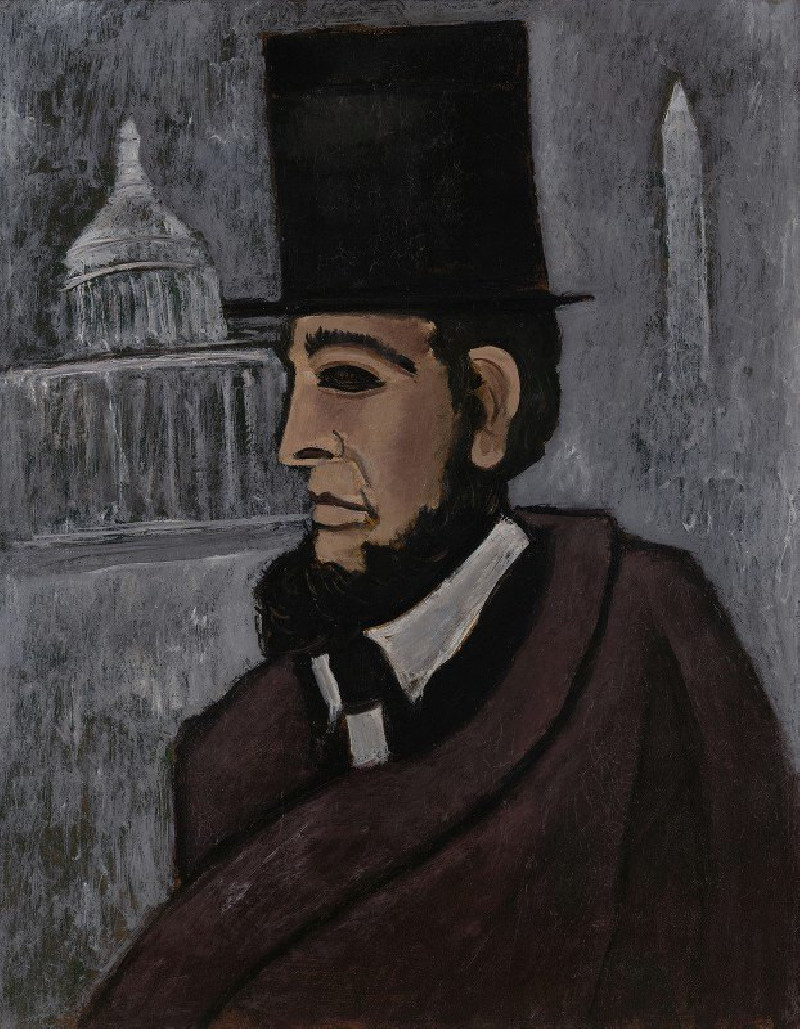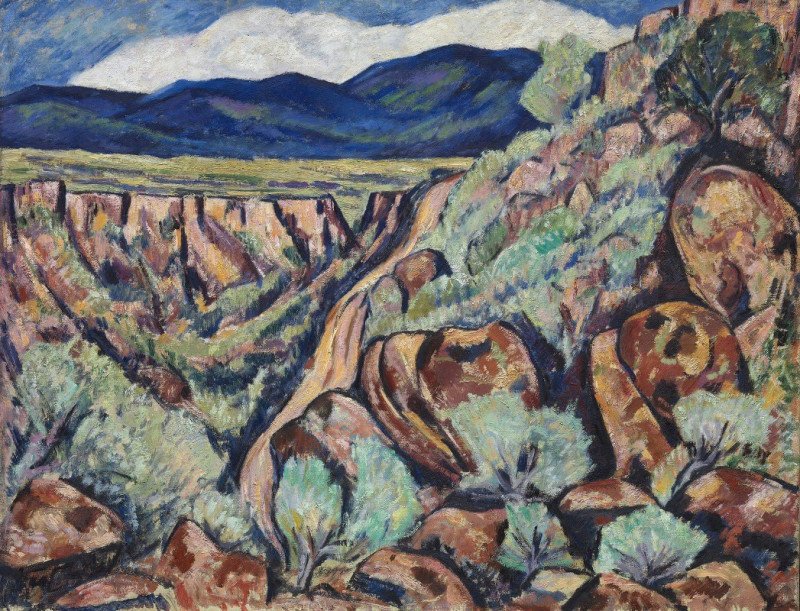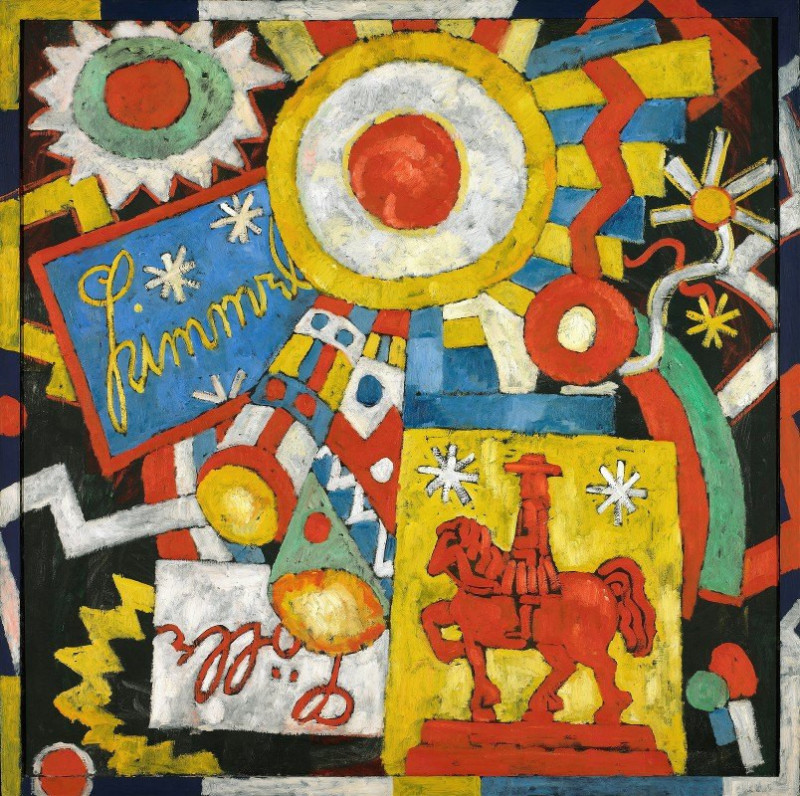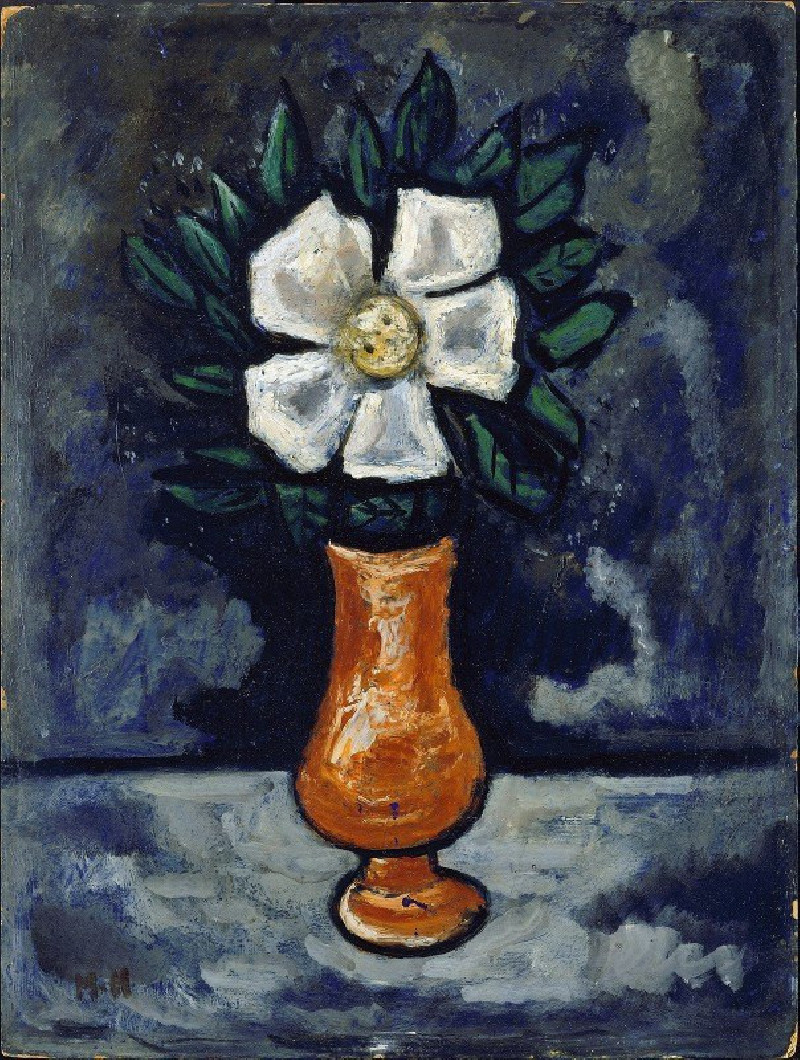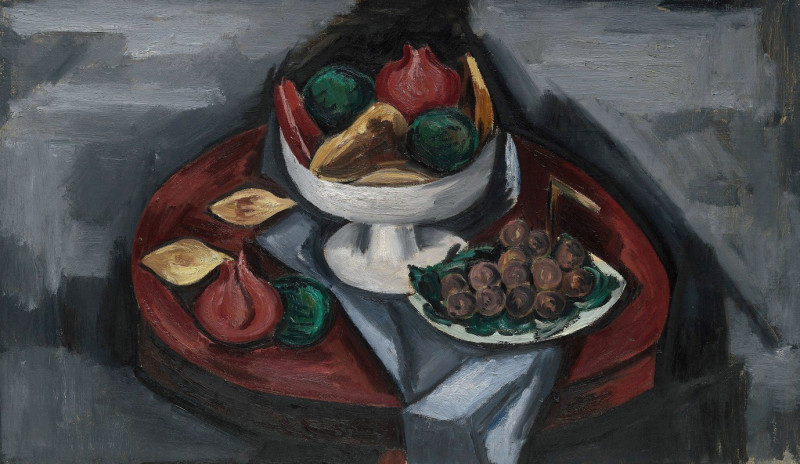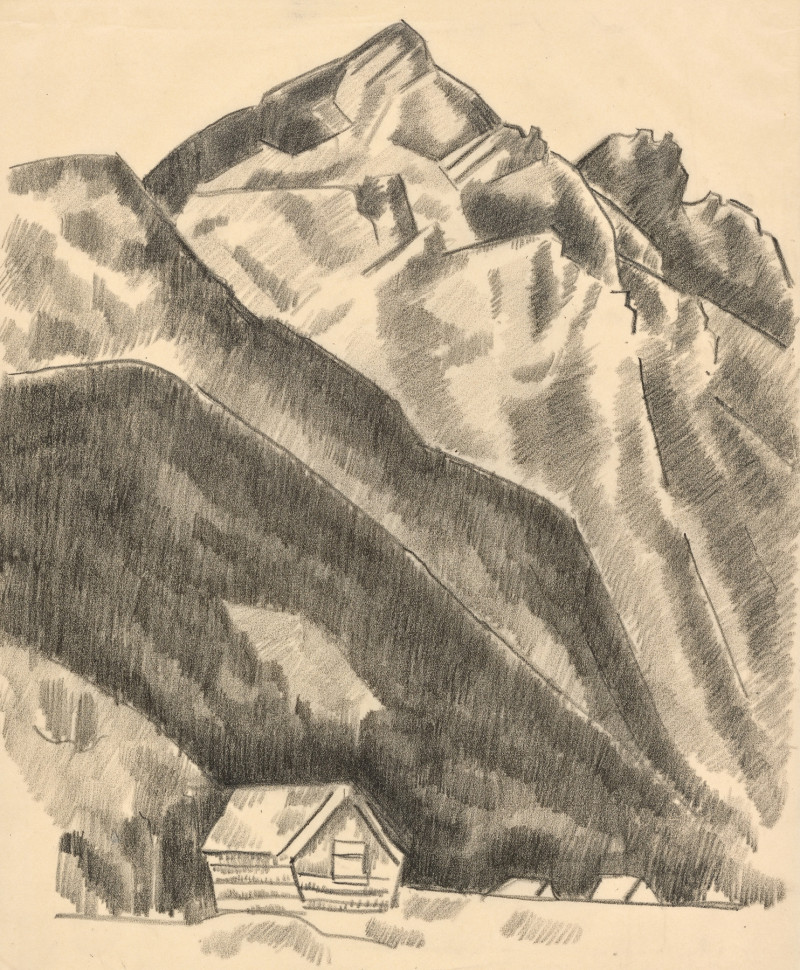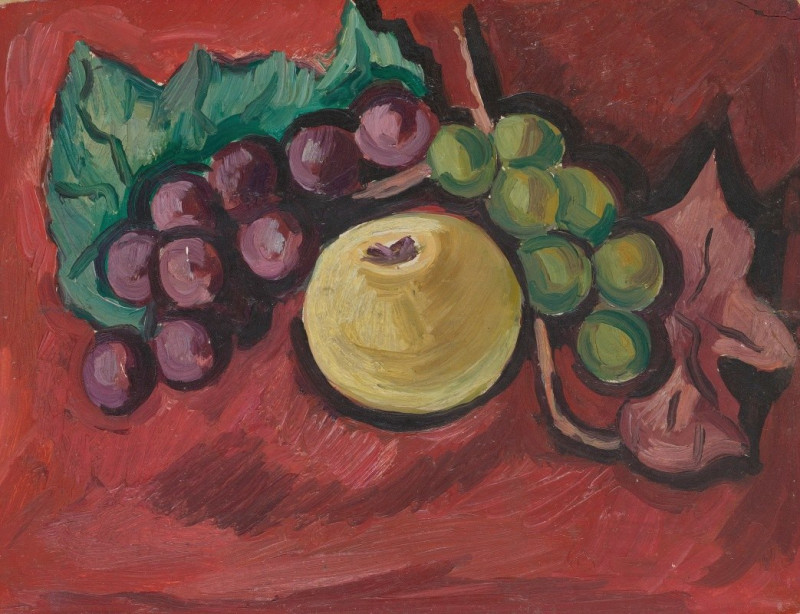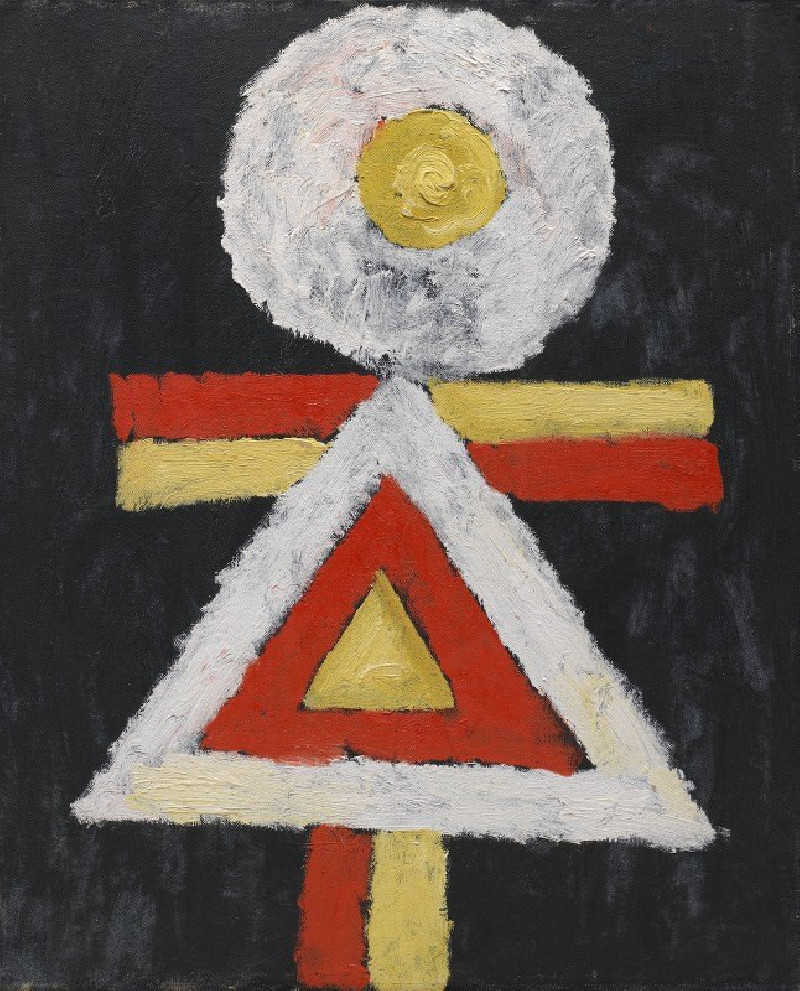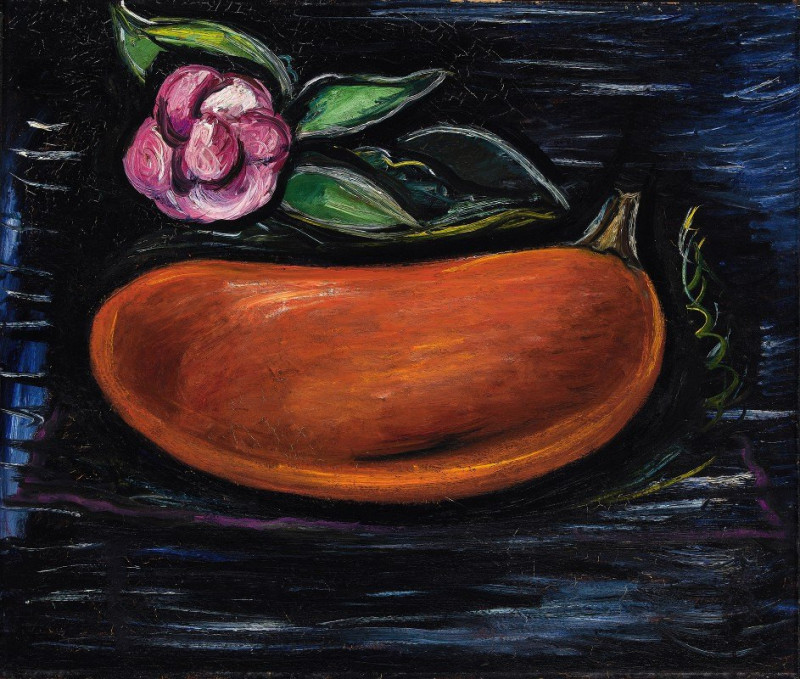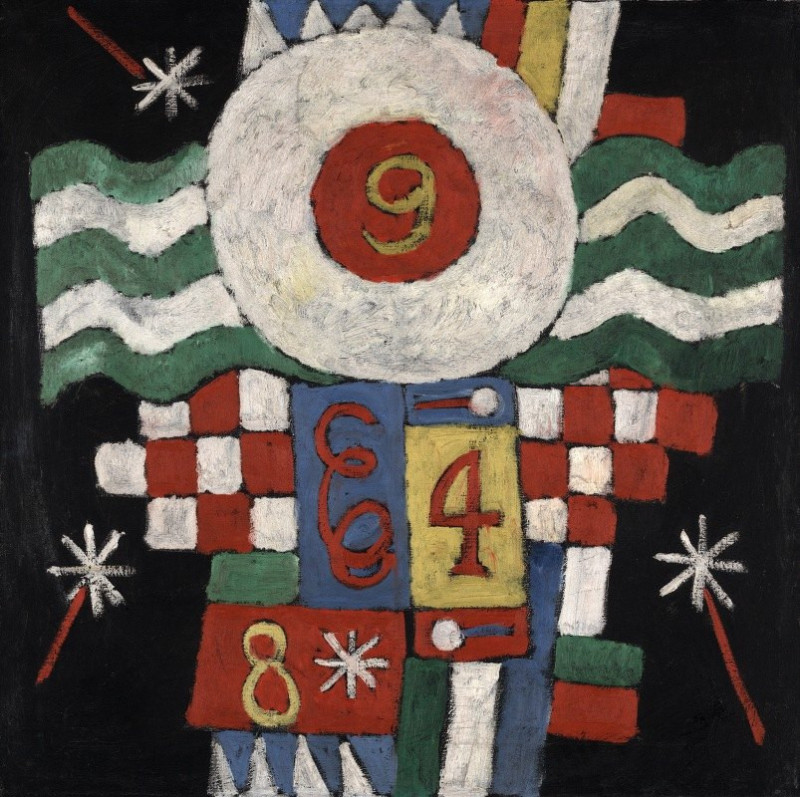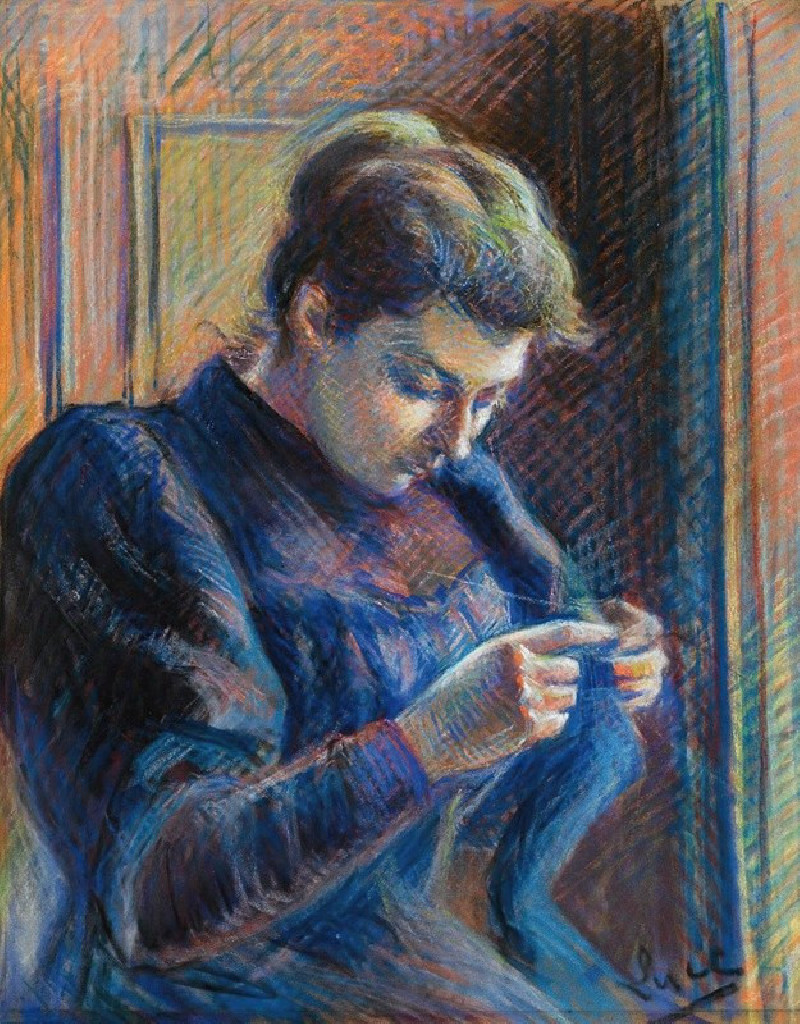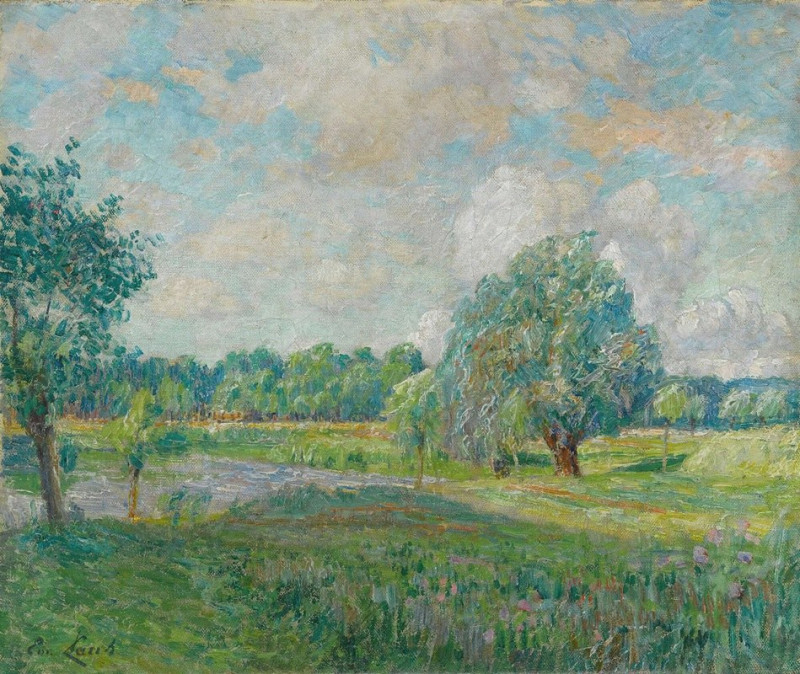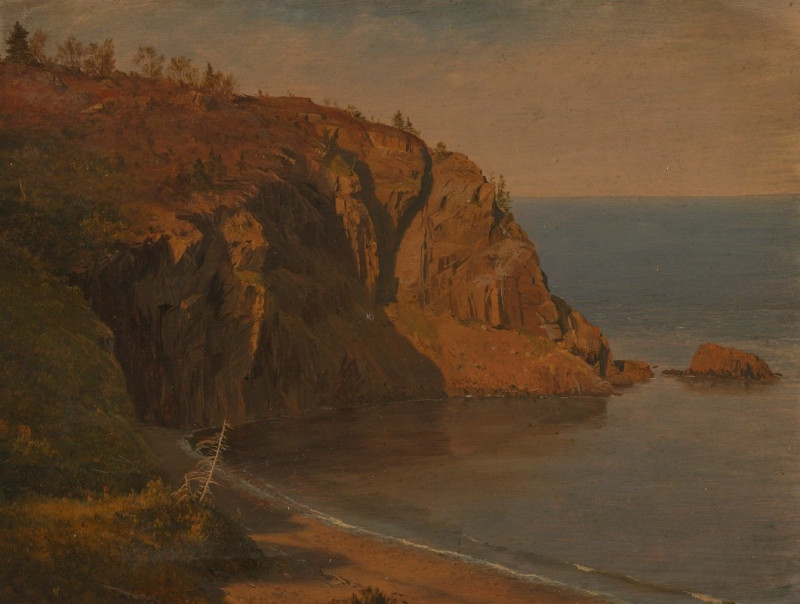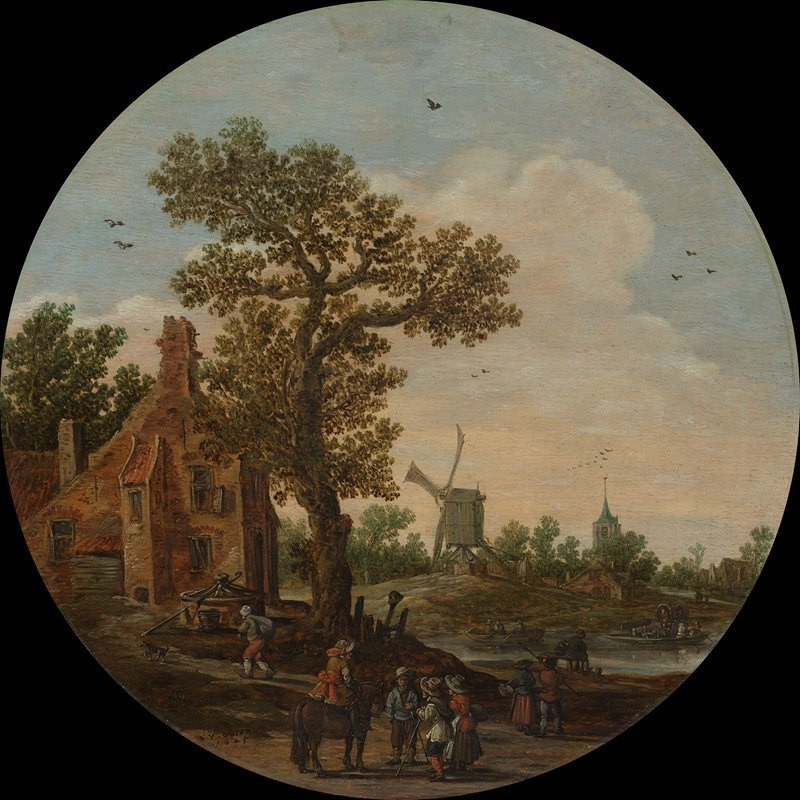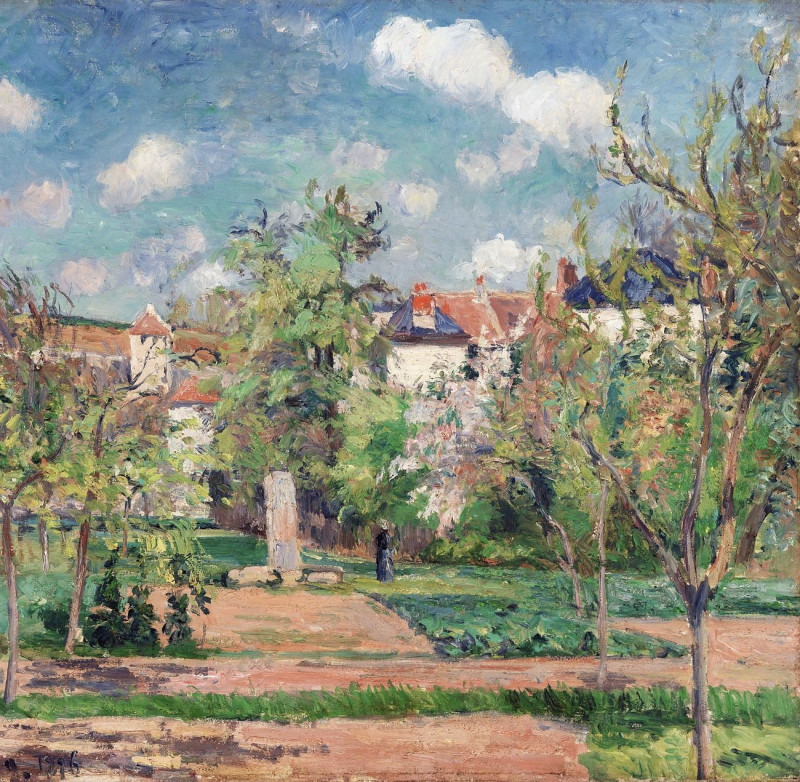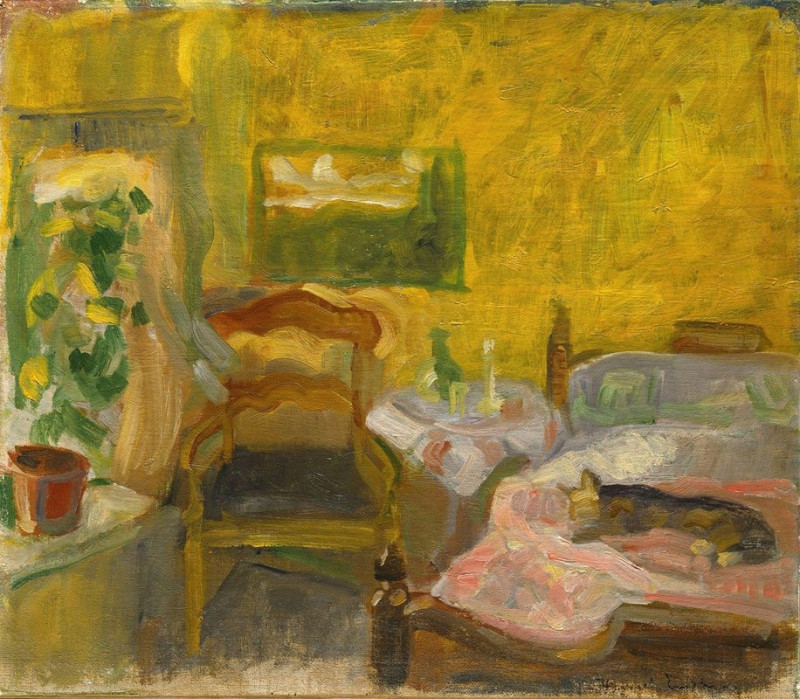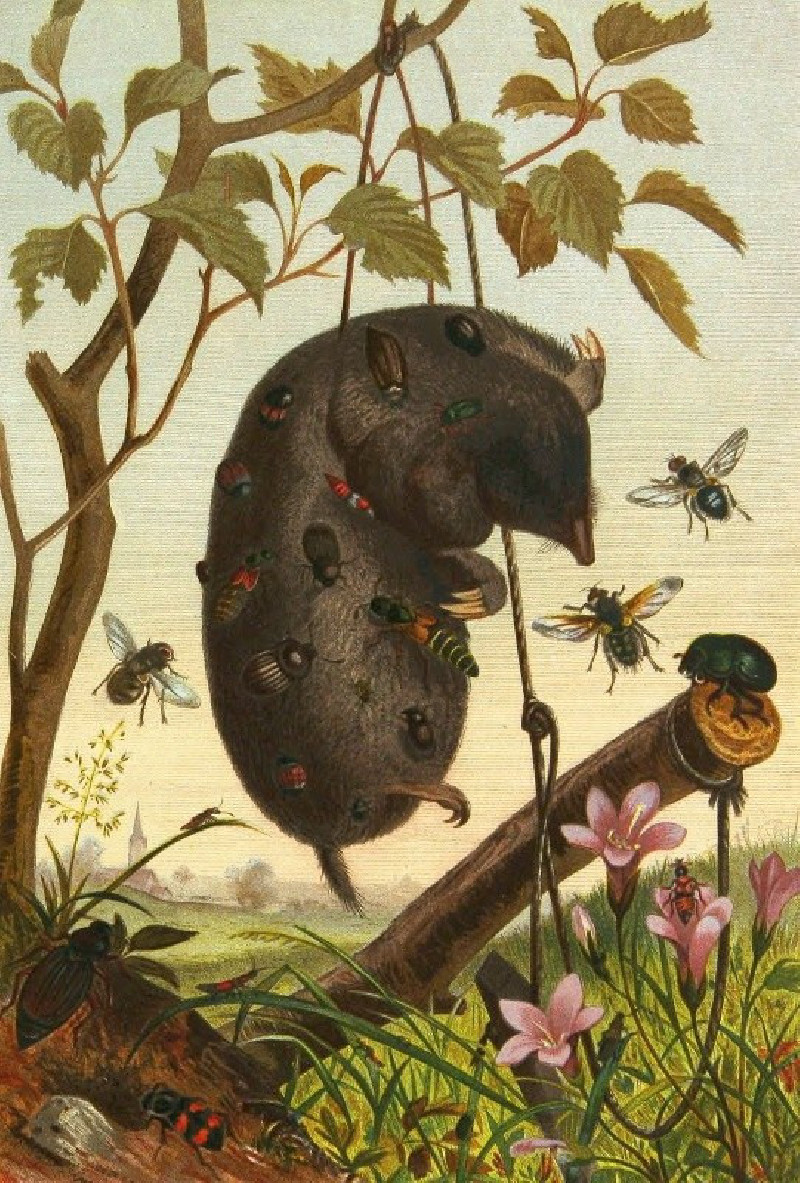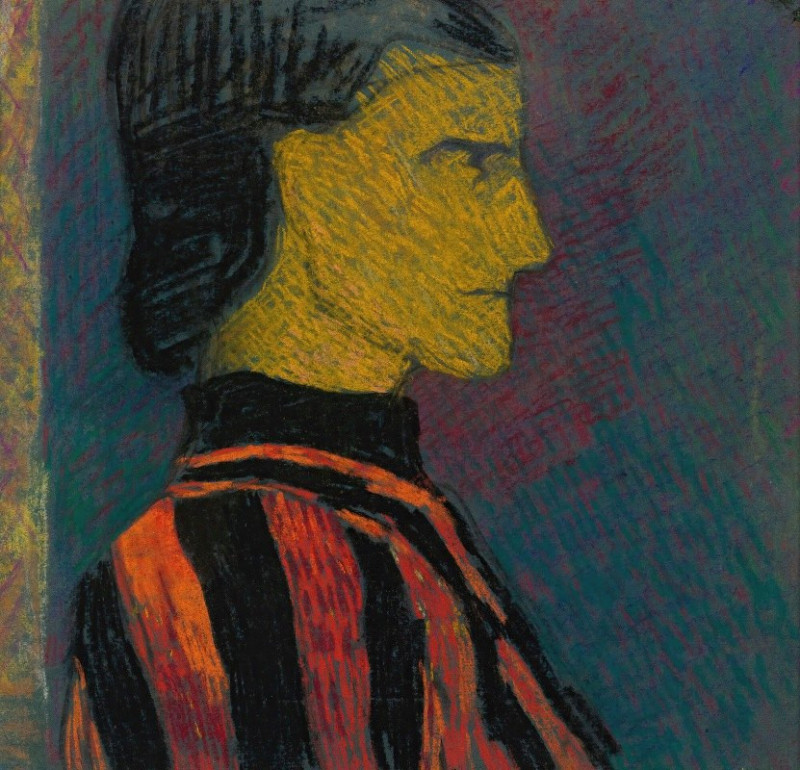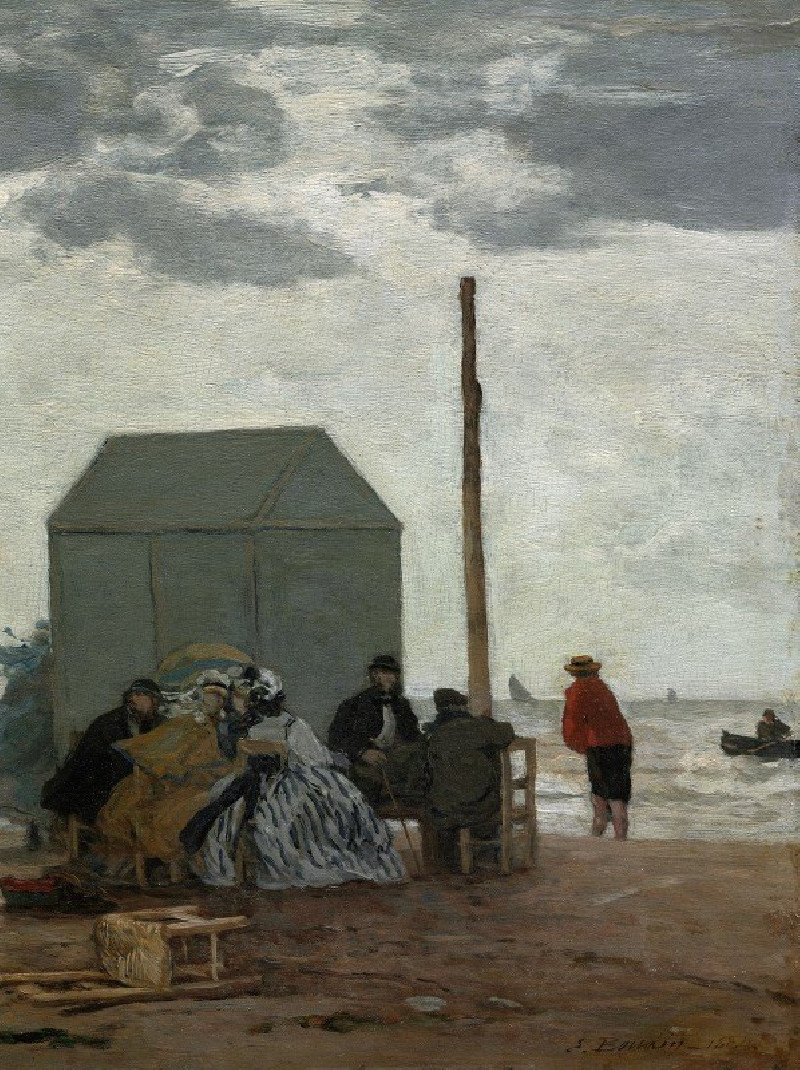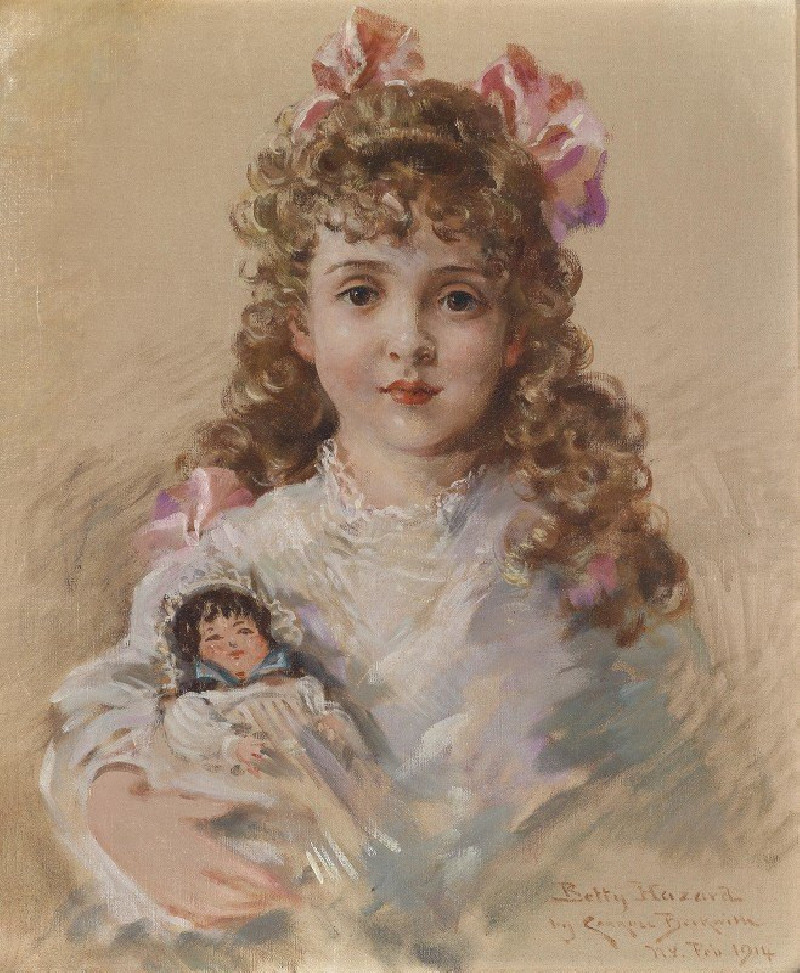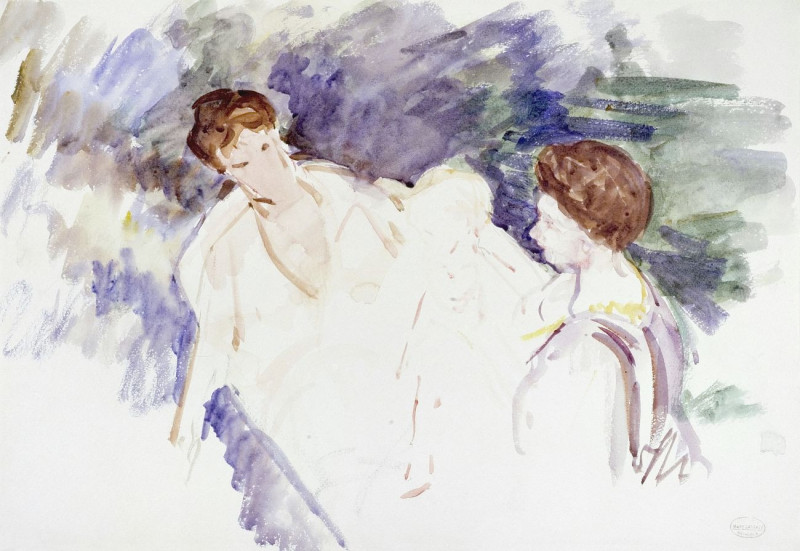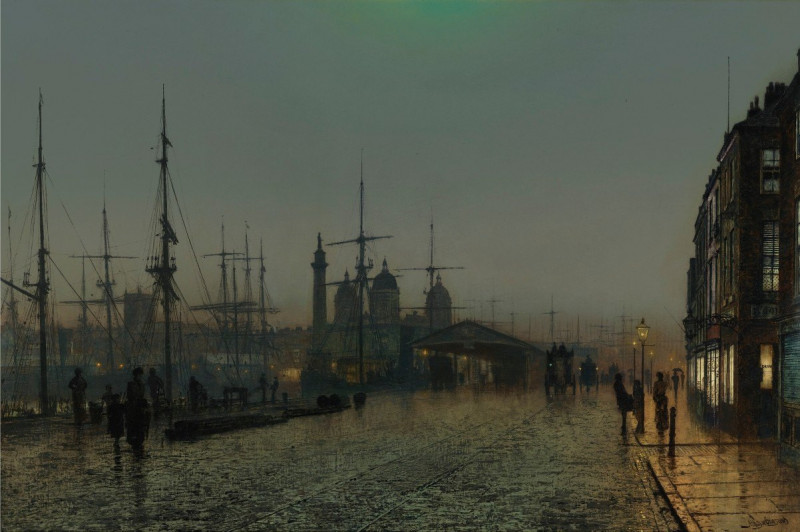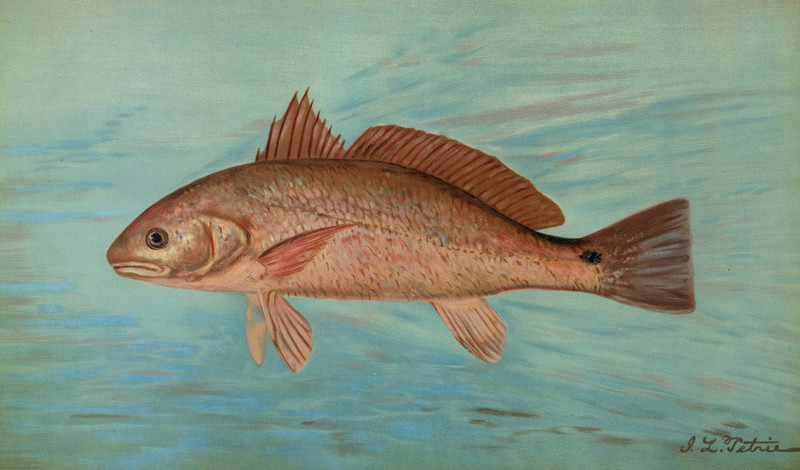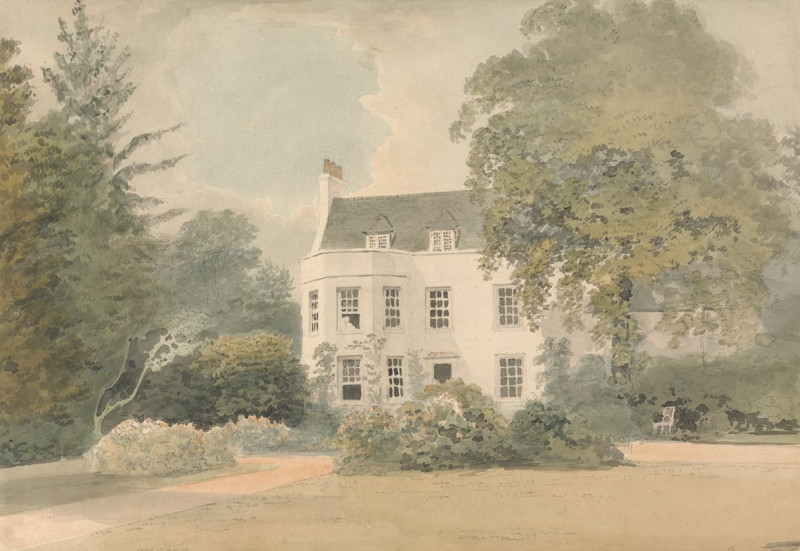Portrait of a German Officer (1914)
Technique: Giclée quality print
Recommended by our customers
More about this artwork
Dive into the abstract dynamism of Marsden Hartley's renowned painting, "Portrait of a German Officer" (1914). This compelling piece, rich with symbolism, reflects Hartley’s response to World War I and his personal grief after the loss of his close friend and probable love interest, a German military officer.The painting stands out due to its bold composition, where Hartley eschews a traditional representational portrait for a more abstract form. Symbolic elements crowd the canvas, each laden with personal significance related to the officer. Prominent features include military symbols such as the Iron Cross, numerals which might indicate significant dates or units, and abstract shapes suggesting medals or epaulettes. The interplay of vibrant colors with stark black patterns contributes to an intense, emotive visual experience that captures the turbulence of the period.Incorporating abstract motifs and expressive color palettes, Hartley translates his complex feelings of loss, admiration, and the conflicts of war into a visual memorial. This painting not only serves as a homage but also invites viewers into a deeper contemplation of the relationships and human costs woven through the era’s geopolitical strife.The artwork remains a poignant reminder of the personal impacts of global events, as relevant now as it was over a century ago.
Delivery
Returns
Marsden Hartley (1877–1943) is a Maine native and a leading American Modernist painter, along with his contemporaries, Arthur Dove and Georgia O’Keeffe. He is well-known for employing geometric abstraction as well as bold colors and lines. His paintings depicted imagery of nature, landscapes, figures, and still-life. Sponsored by Alfred Stieglitz, Hartley went to Europe in 1912, spending most of his time in Germany, where he met Gertrude Stein, Wassily Kandinsky, and Franz Marc. After returning to America in 1930, he reconnected with the New England of his childhood and started to portray the landscapes of New England in his paintings.

